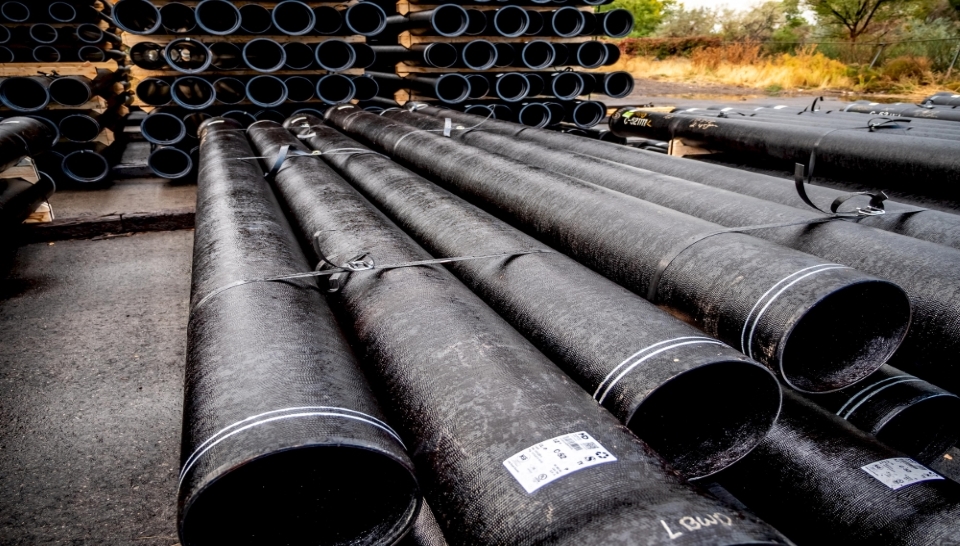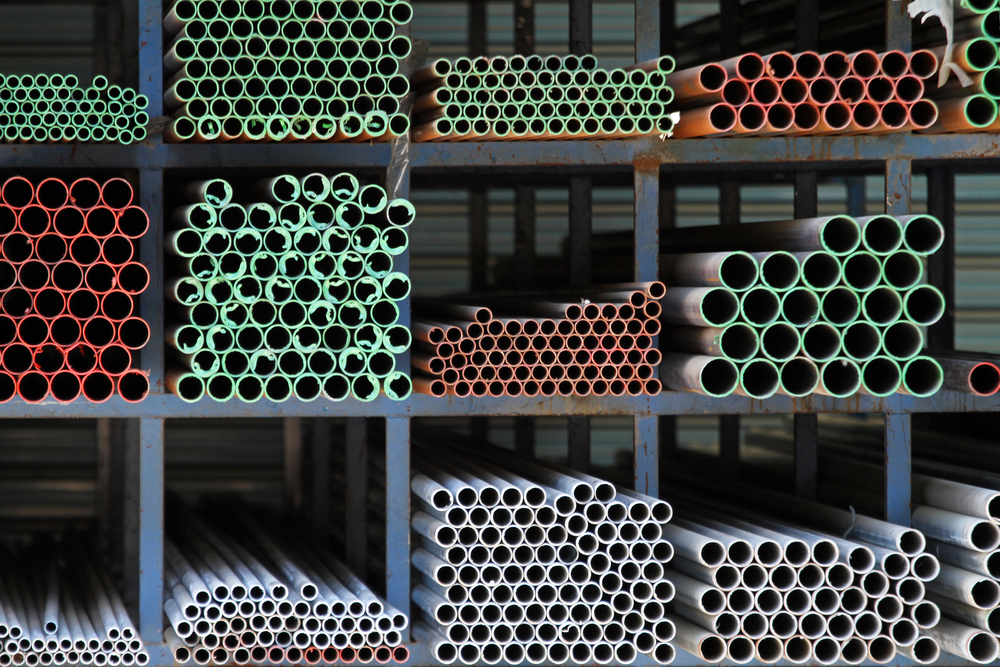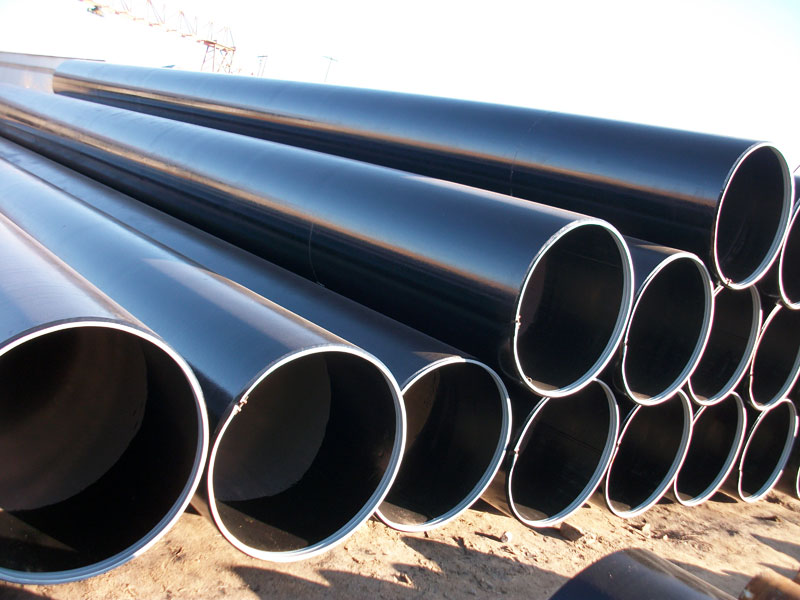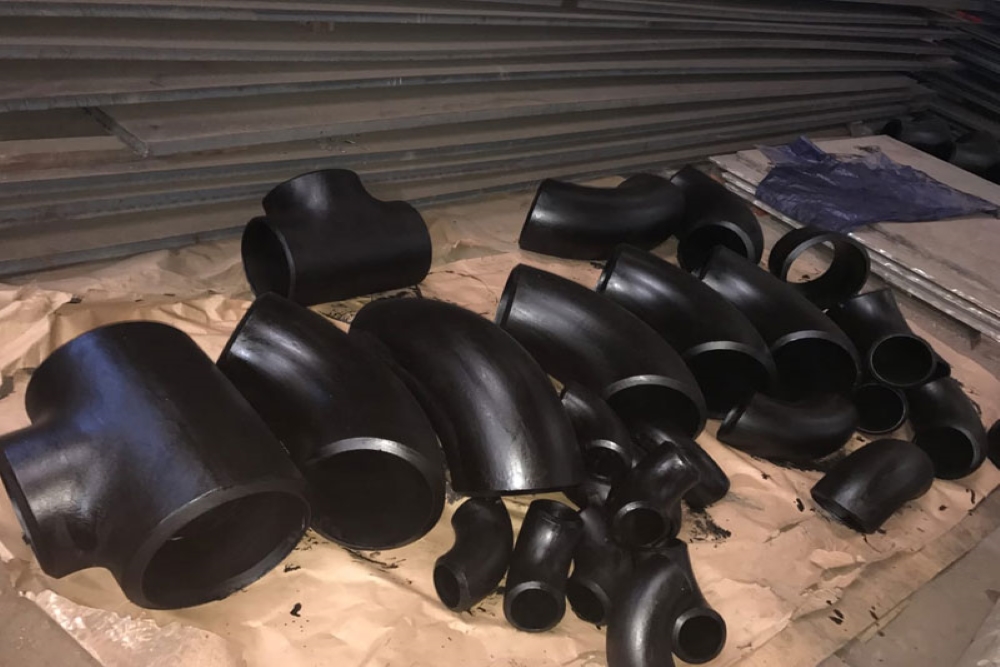What we distribute and supply
Ductile Iron Pipe
Ductile iron (DI) pipes are used for water and sewage transportation. Ductile iron pipe has long been the standard material for conveying water and sewage in municipal, utility and industrial piping systems.Ductile iron pipe, a product of advanced metallurgy, offers unique properties for conveying water under pressure, and other piping uses. It combines the physical strength of mild steel with the long life of gray cast iron. In addition to the benefits of long life, corrosion resistance, high structural strength, and tight joints, ductile iron is also readily machinable, an important requirement in any pipe that must be drilled, tapped or cut.
Seamless
The seamless steel pipe manufacturing process starts with a solid, round steel billet. This billet is then heated to great temperatures and stretched and pulled over a form until it takes the shape of a hollow tube. As other steel pipe suppliers will tell you, there are three great advantages to making a pipe in this way.The greatest advantage of seamless steel pipes is their increased ability to withstand pressure. The weakest point in a welded steel pipe is the welded seam. But because a seamless steel pipe has not been welded, it doesn’t have that seam, making it equally strong around the entire circumference of the pipe.
Longitudinal Submerged Arc Welded (LSAW)
LSAW, as the name suggests, are steel pipes that have a straight weld running down the length of the pipe. These pipes are designed to withstand high pressure and temperature which is a common requirement for oil and gas industries. These pipes can have thickness of 1 inches or greater, which makes them very strong. The pipes are also produced in Conformity to ASTM and API grades and specifications.. .
Pipes, Fittings and Flanges (PFF)
Pipes, Fittings and Flanges , or commonly called PFF, are all products and materials used in “processing” part of the hydrocarbon production, as well as in midstream and downstream segments. Processing the hydrocarbons is required to ensure it is ready for “sale” or further transfer to a refinery or a tanker/carrier and involves various separation, treatment, filtration and pumping equipment and processes, all connected by a system of pipes




